|
A neorealist ode in which pride and the performative are thoroughly deconstructed through the lens of a struggling artist, Henning Carlsen's Hunger is a harrowing story of detachment and alienation, detailing the corrosive nature which pride can have on the individual; a destructive force which manifests itself internally. Hunger's formalism is straight-forward, detailing in its main protagonist a poverty-stricken young writer who is trying to get his work published. He is a literal starving artist, one who is confronted with external obstacles, mainly day-to-day general injustices related to poverty - and yet it's not these external forces but the internal ones, notably pride which lead to his ruin. Featuring a phenomenal performance which is reason enough to see Hunger, the audience is presented with a character so prideful in his own abilities and self-deserved status that he is unwilling to accept altruism of any short, incapable of admitting his class status isn't among those which is aspires to be. A character who would rather starve than admit such a lower status, the viewer is forced to witness the slow physical and mental deterioration of this man, one in which pride remains the primary obstacle to nourishment. His life is performative, a lie, and while the external forces of the world far from caudle, they remain secondary, slight when compared to the oppressive nature of this artist's own pride. Featuring a straight-forward formalism very much in the traditions of neorealism, Hunger is familiar yet subversive in its construction, detailing environmental/societal injustices while simultaneously placing them secondary to internal, personal conflict from within, opting for an aesthetic and formalism which is largely sets its sights on realism, while offering up stylistic flourishes which detail the internal struggle of this character through impressionistic designs.
0 Comments
Given the nature of the production, Untitled is dislike any of Michael Glawogger's previous works and yet the film still features his observational eye and candid aesthetic, one which manages to carry a visceral prudence as its stoic, pragmatic lens quietly documents various enclaves of humanity. A tone poem as much as travelogue, Untitled evokes a pastoral deconstruction of what it means to be free, exhibiting how the veil of safety and security directly restricts the beautiful nature of impulse, exempting the individual from the ethereal nature of true liberty. In a sense, Untitled as a film effectively becomes a manifestation of Glawogger's varied work, a powerful swan song and work of art that flies in the face of convention. Untitled is a rejection of how we as a modern society categorize or define existence, specifically being confrontational towards the management and order which technocracy and modernity operate in the current epoch. Untitled explicitly insists it has no aspirations in terms of narrative or theme, it's exploratory perhaps to a fault, one which is expansive and perhaps unwieldy at times, and yet what it lacks in direct, philosophical prudence, it makes up for with ethnographic breadth. Featuring a romanticism for this forthright, tough, yet pure life of existence, Untitled is perhaps best viewed as a plea for a more ecologically friendly world, one in which man and nature are harmonious not in a state of perpetual confliction
A sumptuous blend of poetic realism and mysticism, The Brick and Mirror is a powerful expose on the nature of family, paternalism, and humanity as a whole, one which is quietly rebellious in its rejection of societal's strict definition of family and humanities' shifting focus towards modernization, questioning the deterioration such culture shifts have had on humanism, altruism, and ethics. The objective ideal of morality, societal norms, and social expectations are astutely and systematically examined throughout Ebrahim Golestan's The Brick and Mirror, with each successive scene exhibiting the confrontational forces which make up humanity, ones in which altruism and egoism are not binary but intricately intertwined, with the film encapsulating an epoch through its intimate story of a taxi driver and his girlfriend struggling to determine what to do after the discovery of this vitality in the form of this newborn child. It's this fear of commitment, this desire to do the right thing which the film forms an astute allegory of pre-revolution Iran, one in which the filmmakers themselves dare not be brazen in any assertions about what is and what isn't the right thing to do, symbolizing a time in Iran where modernism and traditionalism were forces grappling for the soul of a people. Realism is intercut by philosophical soliloquies which aim to encapsulate the larger environment facing a people and nation, where ambivalence and uncertainty are shared by the two protagonists who struggle with the kafka-esque level or bureaucracy, there story being reflected against the weight of a nation, in which such uncertainly soon led to revolution.
A rejection of the external being solely the aesthetic in which horror is defined, The House is Black is an acute documentary about sorrow and humanity, one in which the lives of those on a leprosy colony are examined with an empathetic lens. Observation and evocation are intertwined, as Forough Farrokhzad's lyrical film takes on an existential quality, one in which humanism is detailed through agency and dignity, as individuals who suffer deeply, share their emotional experience through this artistic medium. A poignant, emotional exhausting experience which evokes much empathy, The House is Black is confrontational yet calm, never shying away from exhibiting the destructive effect this disease has on human flesh - the external horrors of this disease - but also presenting its subjects with a platform to share their struggle, showcasing the underlying beauty of these characters despite their pain. With the subjects of this film being dealt an unfair hand in life, their sorrow, and anguish are transparent and poignant yet ultimately familiar, as House is Black illuminates our shared sense of humanism and the uncertainly and frailty of life itself when reflected against the cold, emotionless injustices which the universe provides.
Features a minimalist aesthetic design which is performative in that it evokes an ethereal atmosphere early on, Asako I & II masks the underlying turmoil of its story with a brazen romanticism which slowly withers over the course of the film, revealing in its main protagonist a passive character who struggles to understand her own desires. Managing to be tender yet subversive, sumptuous yet encapsulated by emotional pain, Asako I & II is a pensive romantic film that is an uncomfortable albeit honest exploration of the fundamental nature of love and companionship. Viewed through an axiological lens, self is revealed as a central node of not only happiness but love itself, as the film reveals a character whose inability to distinguish carnal impulse from emotional desire leads her down a path of self-discovery. Asako I & II uses a singular construction both narratively and aesthetically to demonstrate a familiar theme in that love isn't built on external concepts of pleasure, aesthetic desire, or selfishness but derived from personal well-being. Asako I & II astutely recognizes the enigmatic nature of love, declaring that perhaps the desire towards selflessness and an absolute-version of empathy and respect is the paramount tenant of love. Tender, mature, sumptuous yet painful, Asako I & II is a rare film which manages to be just as uncomfortable as it is romantic, a beautiful, complex experience about the human condition purveyed through the conceptual nature of love.
From its beautiful, vibrant aesthetic to its light, playful tone, Pier Paolo Pasolini's Teorema is a thoroughly enjoyable adaption of nine stories from Boccaccio's "Decameron. Exuding a sense of passion for the artistic forum in which he operates, Pasolini's love of the medium is palpable throughout the pleasurable experience, one in which everything from the performances to the tone exude a heightened energy, one which is infectious and hard not to thoroughly enjoy. A mosaic in which life is observed with a whimsical exuberance, Pasoini's film is bifurcated yet convalesces around a theme of unrepentant desire, showcasing the hypocrisy of puritanical society, in which carnal pleasure often breaks free from the chains of the societal structures which attempt to constrain and control humanity through moralism. Aesthetically, the film's use of wide compositions exude this sense of control and magistracy, using the large roman Catholicism structures - the majestic arches so intrinsic to the time period - to evoke an almost omnipresent, overseeing force which enshrouds the characters; an overseeing presence watching over characters who rebel from societal norms. Yet, the film never divulges into mockery, it never features a scathing nature, being more profound and astute due to its ability to explicitly showcase the superficiality of the church and puritanical society as a whole, opting more for snark than malicious intent.
|
AuthorLove of all things cinema brought me here. Archives
June 2023
|
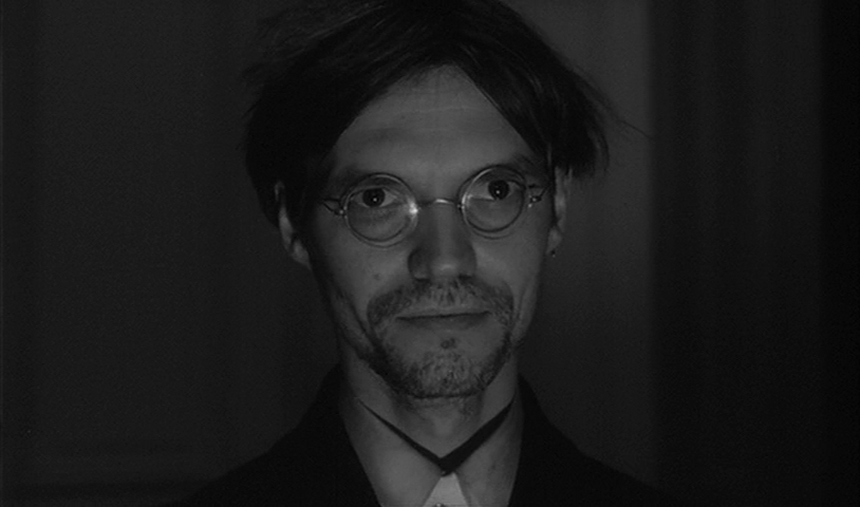
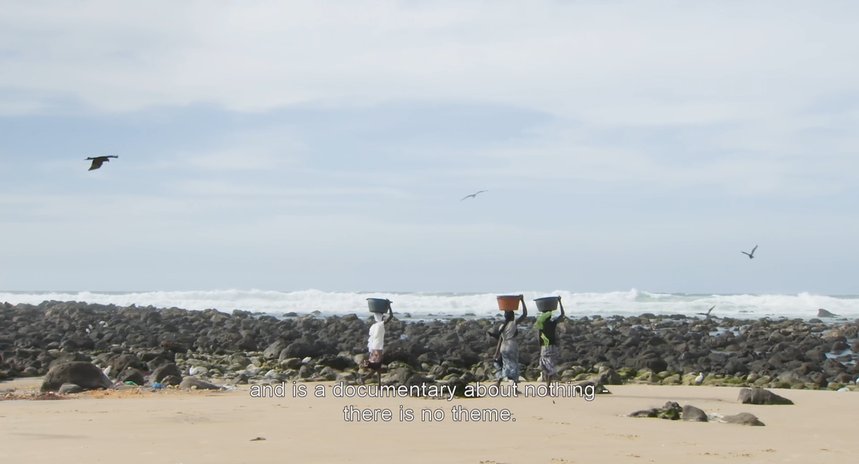
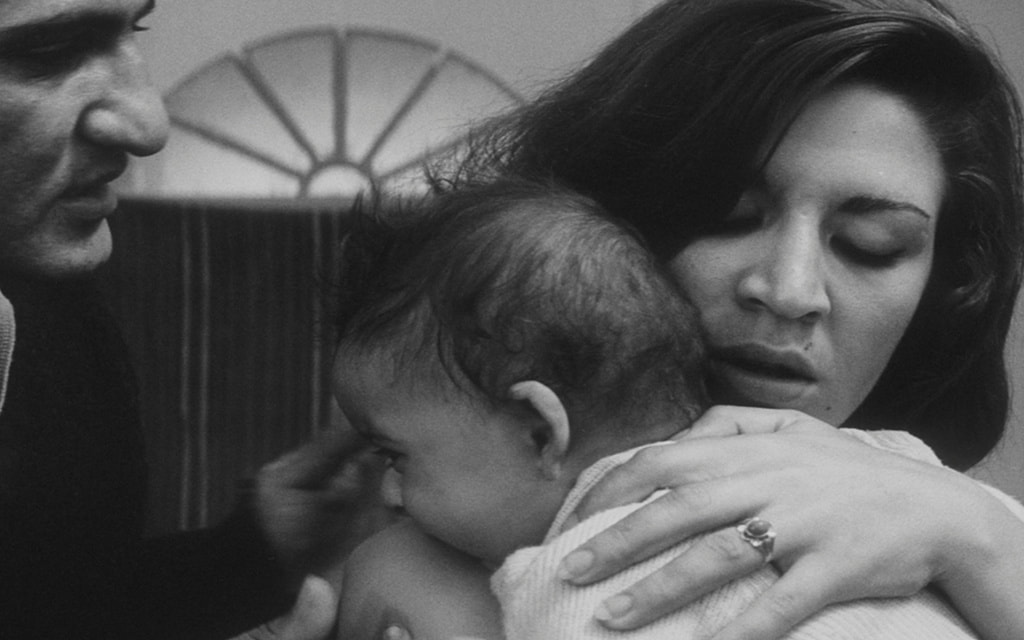
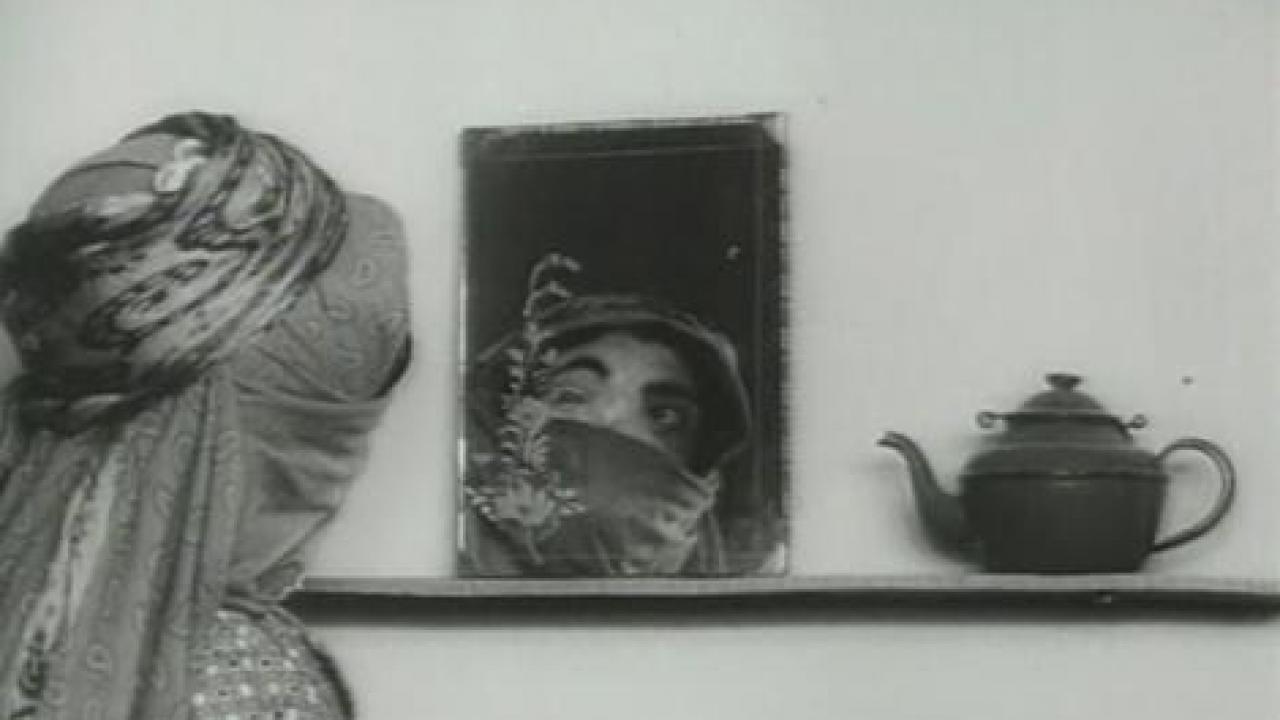

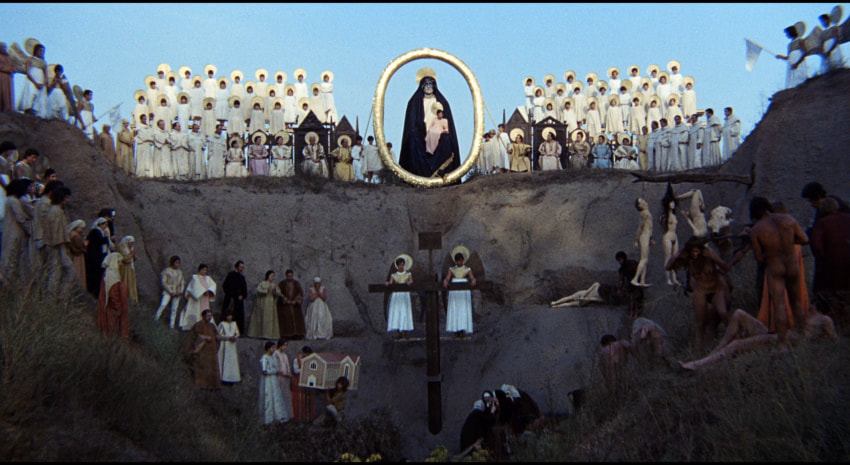
 RSS Feed
RSS Feed
